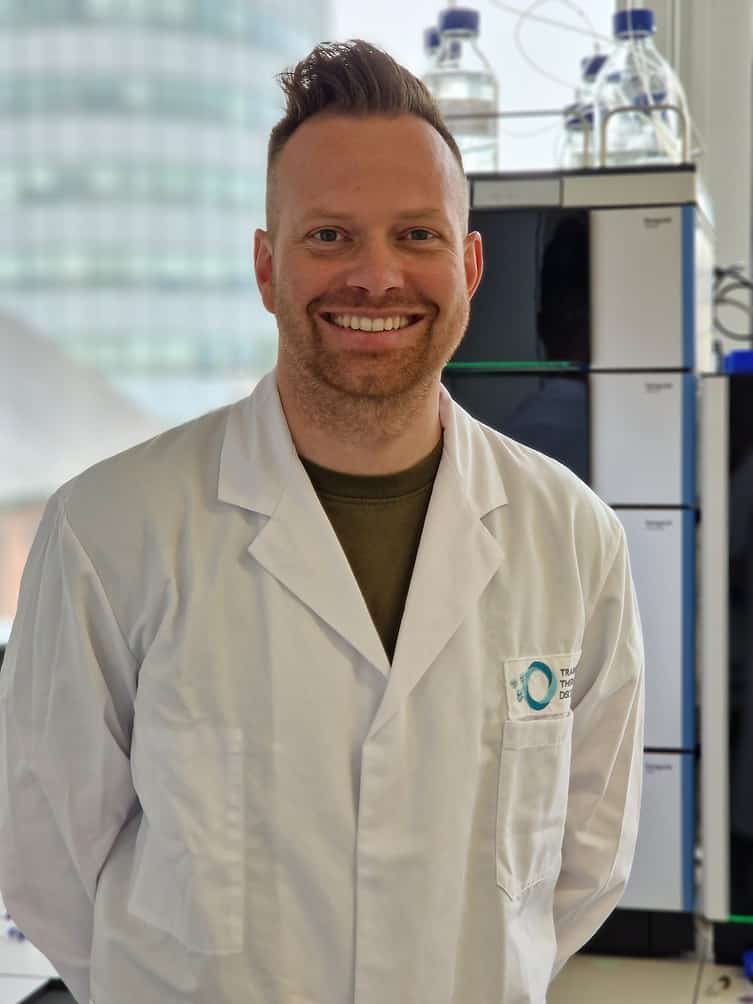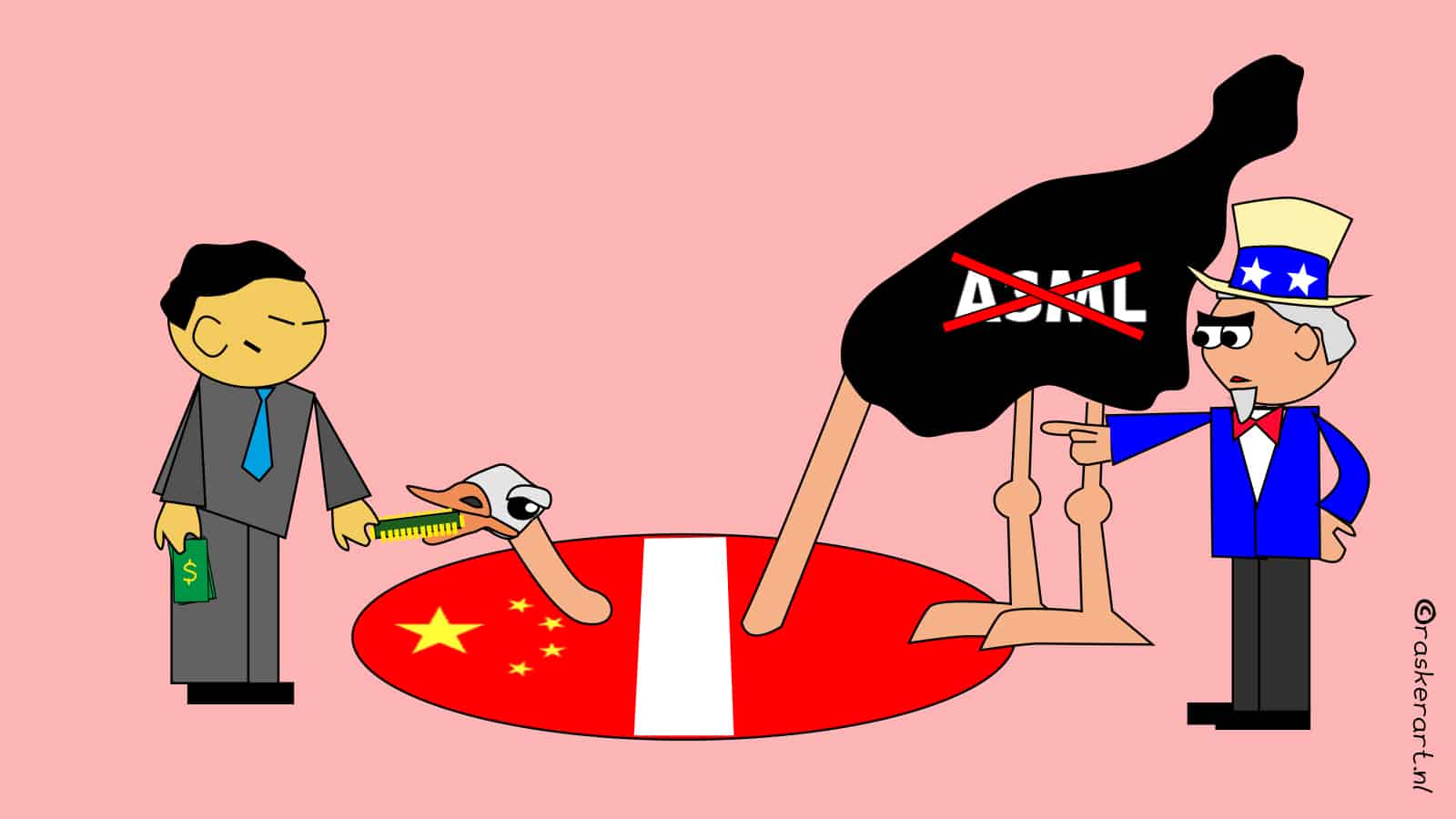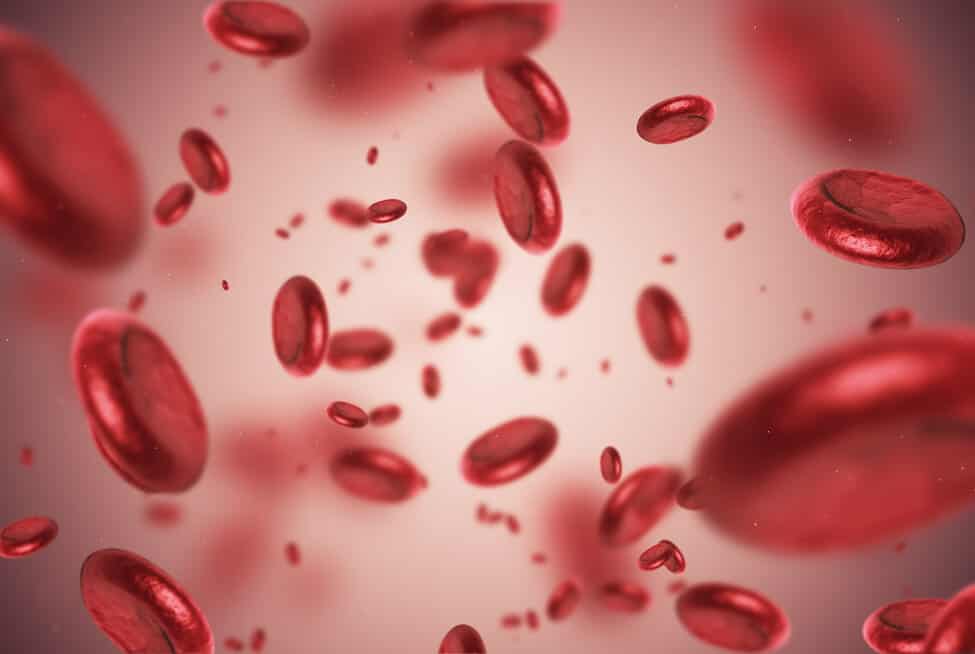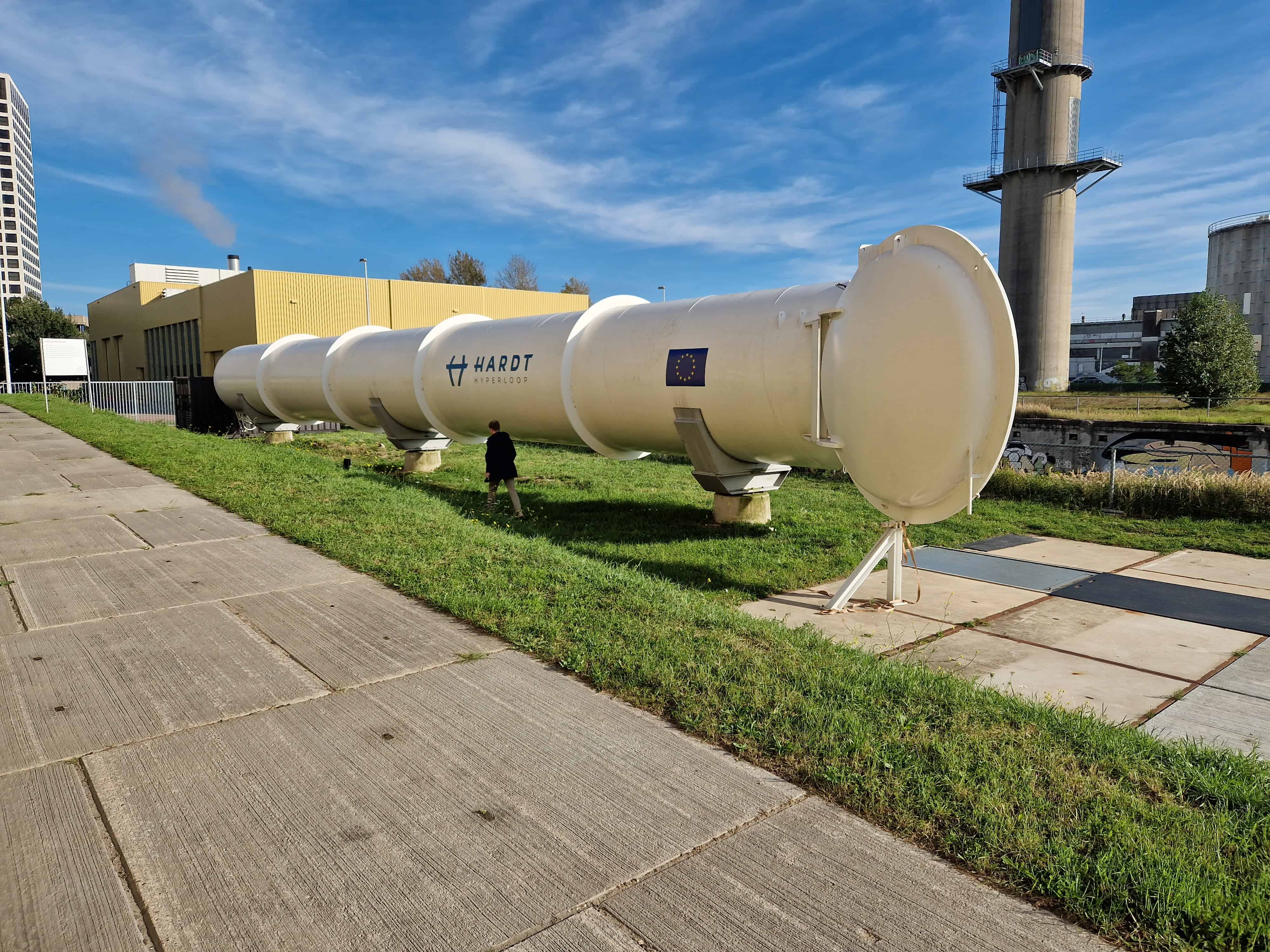
Our immune system protects us from infections caused by parasites, fungi, bacteria, and viruses. But, this defense method can sometimes work against us. In an organ transplant, for example, you want a patient to have specific tolerance to the “foreign,” new organ. Whereas, in the case of tumor cells, you want to induce an effective immune response.
The name says it all. Start-up Trained Therapeutix Discovery (TTxD) wants to train our immune system with nanobiological therapy to fight hard-to-treat diseases.

Joost Kreijtz is the chief development officer at TTxD. He joins the company in 2021, after a Ph.D. in virology at Erasmus MC, postdoctoral positions at Erasmus MC and LMU (Munich, Germany), and several positions in the biotech industry. “Our goal is to regulate the immune response. We do this with nanotechnology developed by TTxD founder Willem Mulder. In the bone marrow, white blood cells are produced by precursor cells. We take control of this production process, so to speak. Thus, we can ensure that the immune system is given a tolerant status or just the opposite of that.”
A (brief) lesson in immunology
A quick refresher. Our immune system consists of two parts. The innate part – a kind of first line of defense – tries to clear an infection first. When the threat persists, the adaptive part takes over the defense.
Then there is immunological memory: the immune system’s ability to remember exposure to a particular antigen so that it can respond more quickly and efficiently.
The start-ups and spin-offs of TU Eindhoven
TU Eindhoven (TU/e) is a breeding ground for new ideas that lean on scientific research. Sometimes these ideas grow into spin-offs and start-ups. This brings scientific research one step closer to society. In collaboration with The Gate and TU/e, Innovation Origins puts the spotlight every month on an innovative company resulting from scientific research. This time: Trained Therapeutix Discovery.
Read the other stories in this series here.
Trained immunity
It was long thought that immunological memory resides exclusively in the adaptive immune system. Research by TTxD founders Mihai Netea and Leo Joosten showed that the innate immune system also has memory. We call this ‘trained immunity’.
The drugs TTxD is developing consist of nanobiologics. In other words, molecules that occur naturally in our blood. “This is safer. The core of our drug consists of fats of which the active ingredient is an intrinsic part. To make a solid skeleton of that, there is a large protein around it. That combination ensures that the particles are safe and accepted by the body. Moreover, they accumulate in the bone marrow, where our precursor cells generate white blood cells.”
By getting the body to produce immune cells that are more active – or quiescent – TTxD aims to get the body to fight diseases itself. “We don’t go downstream to see what we can do. Our medicine works upstream. Wrong’ cells we want to tackle at the origin, that is, in the bone marrow.”

Two candidates
The biotech start-up is working on two candidates. The first candidate activates the immune system so that, in conjunction with other drugs, it causes a tumor to shrink.
Many immunotherapies are available, but they only work in a subset of patients. Part of the reason for this is that myeloid cells form a kind of shield around a tumor, allowing it to grow through and preventing the immunotherapy from reaching it. TTxD wants to manipulate those cells so that instead of the tumor, they support the immune system.
“The goal is to work synergistically with other drugs to treat different types of cancer more effectively,” Kreijtz explains.
The second drug candidate should inhibit inflammatory diseases when the immune system’s response is too severe, such as in infectious diseases (e.g., Covid-19) or organ transplants.
“We don’t go downstream to see what we can do. Our medicine works upstream. ‘Wrong’ cells we want to tackle at the origin, that is, in the bone marrow.”
Joost Kreijtz
Pioneers
TTxD is the first company to bring together the combination of nanotechnology and trained immunity in a drug. That brings with it a lot of uncertainty. Maintaining long-term funding is a big challenge, Kreijtz believes. “We talk a lot to investors about what to expect. And we show a lot of data. That way the risk gets smaller along the way and the chances of success increase.”
With a team of about twenty people (internal and external), TTxD is now focusing on the development of the two drugs, their mechanism of action and safety, and the scalability of production. After this, the drugs can be tested in the clinic.
It will take at least another five years before the drug can actually enter the market. Kreijtz has had to get used to the long process involved in developing a drug. “As a biomedical scientist, I was trained to be in the lab where you can see fairly immediate results from your work. Now I’m almost always at my desk. There are now strange looks when I walk into the lab (laughs).”
As CDO, Kreijtz deals with everything from finding the right dosage to presenting to investors. His range of duties is varied, but that’s exactly what he loves about it. He long saw his “ADHD disposition” as a weakness – in the scientific world he was trained as a specialist – but now he embraces it. “One day I’m looking for the right vial for our drug, while the next day I get to immerse myself in a scientific discussion about how our cancer drug works,” he says. “It gives enormous satisfaction that together with our whole team we are taking a drug a little further towards the patient every day to ultimately make a difference there.”








